All 11 American Horror Story Seasons, Ranked From Worst To Best
- Oops!Something went wrong.Please try again later.
- Oops!Something went wrong.Please try again later.
- Oops!Something went wrong.Please try again later.
- Oops!Something went wrong.Please try again later.
- Oops!Something went wrong.Please try again later.
- Oops!Something went wrong.Please try again later.
- Oops!Something went wrong.Please try again later.
- Oops!Something went wrong.Please try again later.
- Oops!Something went wrong.Please try again later.
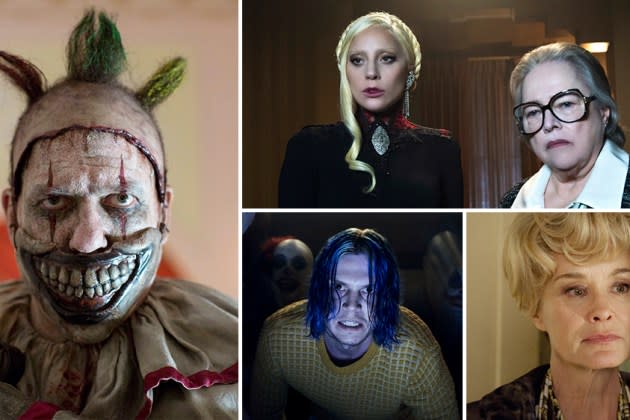
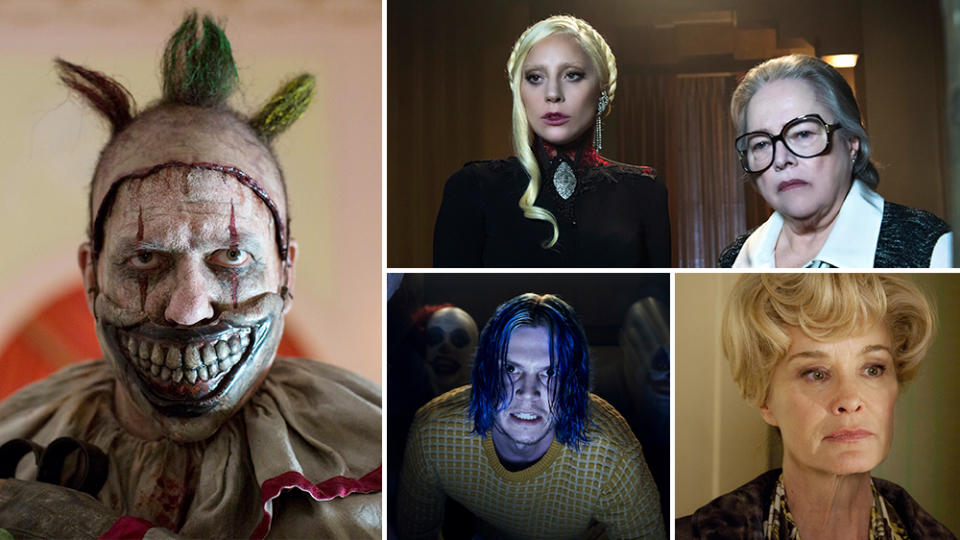
A new season of “American Horror Story” is still TV’s best leap of faith.
More from Variety
Each season, the FX anthology series takes pleasure in deploying a twisted new nightmare that offers up its cast of familiar faces to whatever fresh hell awaits. For fans, showing up for each year for the promise of something different dares “AHS” to do its worst –– and sometimes it does. But even then, it’s hard to say no to another taste.
In 2011, when creators Ryan Murphy and Brad Falchuk unveiled the show’s first season, now known as “Murder House,” it was a game changer. An unbridled mashup of horror, Hollywood and history, that inaugural season was wild and inventive –– let’s not forget Dylan McDermott wept while masturbating within the first hour. It lured the great Jessica Lange to television, and let her run rampant as different characters for four seasons, and gave Connie Britton the chance to muddy up her reputation as TV’s best mom, aka Tami Taylor from “Friday Night Lights.”
But the decision to reset the table with a new story each season has always been “American Horror Story’s” scariest gamble. It paid off in building enough goodwill and cyclical curiosity to bring audiences along for 10 more seasons and counting, each one anchored by a stalwart stable of stars like Lange, Sarah Paulson, Evan Peters, Kathy Bates, Francis Conroy, Lily Rabe, Angela Bassett, Billie Lourd, Emma Roberts, Leslie Grossman and Denis O’Hare.
Now in its double-digits era, the franchise might not be the cultural cornerstone it once was, but the undeniable thrill of that seasonal leap into the unknown is still there. With “American Horror Story: Delicate” as the franchise’s 12th entry this fall, here’s where the first 11 seasons of “AHS” rank, from worst to best.
11. Double Feature (Season 10, 2021)
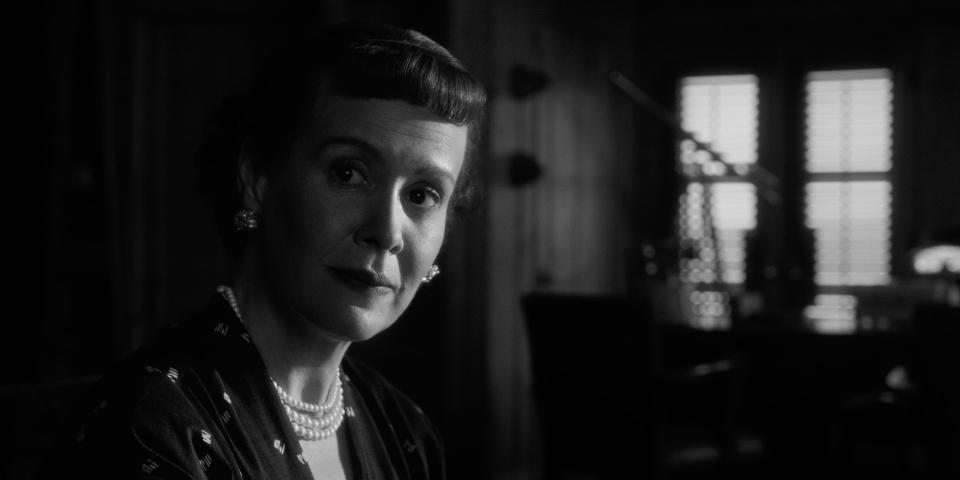
Since the beginning, “AHS” has wrestled with its own worst impulse to cover too many ideas at once. Sometimes the mashups are inspired, other times they are “Double Feature.” This season at least had the courtesy to divide its ideas into two distinct halves –– “Red Tide,” a vampire/opioid cautionary tale about the soul-sucking price of creativity in off-season Provincetown; and “Death Valley,” a time-hopping alien saga that would perplex even Mulder and Scully. Of the two, the latter is the kind of confusing dud that has caused the series to shed viewers in more recent years. After sitting out Season 9, Paulson returns as an immortal Mamie Eisenhower and Rabe plays an alien-abducted Amelia Earhart in some of the show’s wilder revisionist history. Plus, there’s also the subplot of two men carrying alien babies to full (graphic) term. None of it worked, and believe it or not, this was the shorter half of the season. The two-for-one deal just sucked the life out of viewers, be it through fangs or alien probes.
10. NYC (Season 11, 2022)
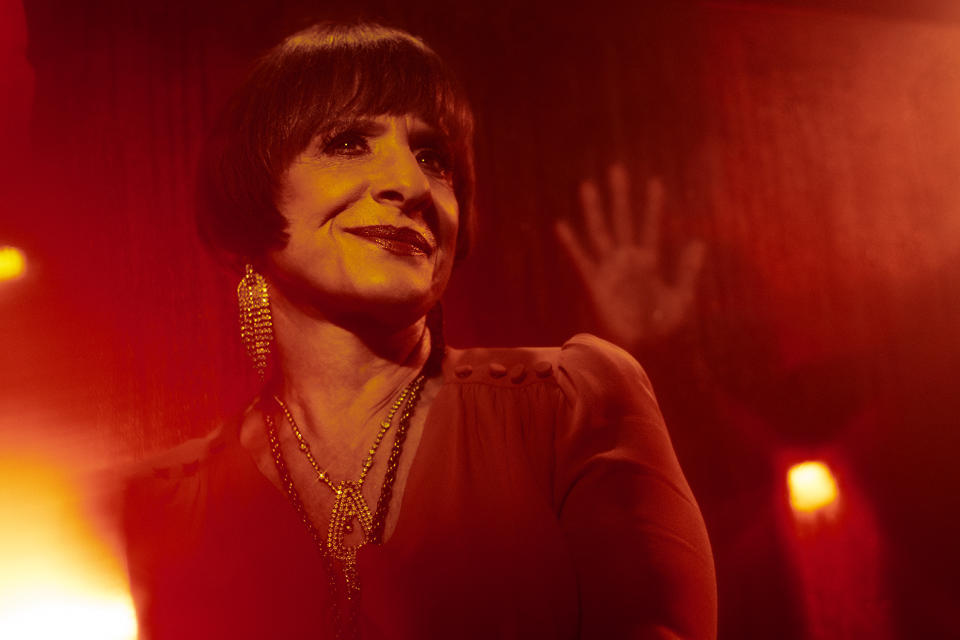
Set in New York City in the 1980s, this season’s promotional materials leaned heavily on blood imagery, leading some to believe it might touch on the tragic rise of AIDS –– and in a way it did. But of course, it did so the “AHS” way. Enter a serial killer who orders his victims a Mai Tai before dismembering them, as well as a journey into the erotic BDSM subculture of the city, and a hulking leather-and-harness-bound angel/harbinger of death. By the time Patti LuPone shows up as a bathhouse cabaret singer, the only logical response is “Why not?” Perhaps the most realistic horror the show has ever depicted –– the queer community being abandoned by doctors and law enforcement to die at the hands of an invisible killer, or very human ones –– “NYC” could have benefited from a bit more subtly. If viewers want the real story of the terror that plagued New York’s gay community in the late 1980s and early 1990s, watch HBO’s summer 2023 docuseries “Last Call: When a Serial Killer Stalked Queer New York” for infuriating context on the lack of police action, and the rise of organizations like the Anti-Violence Project. In that light, “AHS: NYC” only scratches the surface.
9. Cult (Season 7, 2017)
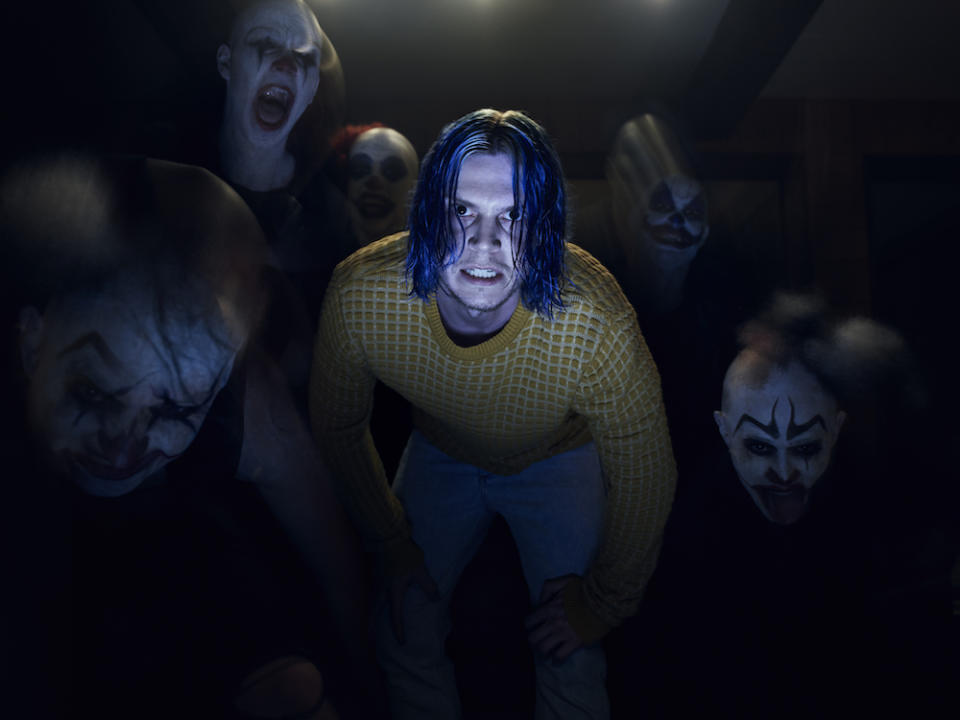
By 2016, the “AHS” brand of horror couldn’t hack it in a world where nothing was scarier than the reality Americans were facing every day in the aftermath of the 2016 presidential election. So the show used our national nightmare as fuel. In “Cult,” Paulson plays a phobia-plagued wife and mother triggered by the ascendancy of Donald Trump, and terrorized by a homegrown cult of neighbors who take their grisly orders from a young Trump-inspired leader (Peters). Unfortunately, “Cult” wasn’t the timely examination of fear’s many forms that it wanted to be. Don’t get us wrong. There is high comedy in Paulson earnestly screaming “What’s going to happen to Merrick Garland?” in her signature teary-eyed shriek. But more of that clever undertone of humor might have better suited this reflection of our outlandish and frightening reality. Instead, we got a very literal interpretation of fear in the face of politics –– complete with clown masks and Peters covered in Cheeto dust.
8. 1984 (Season 9, 2019)
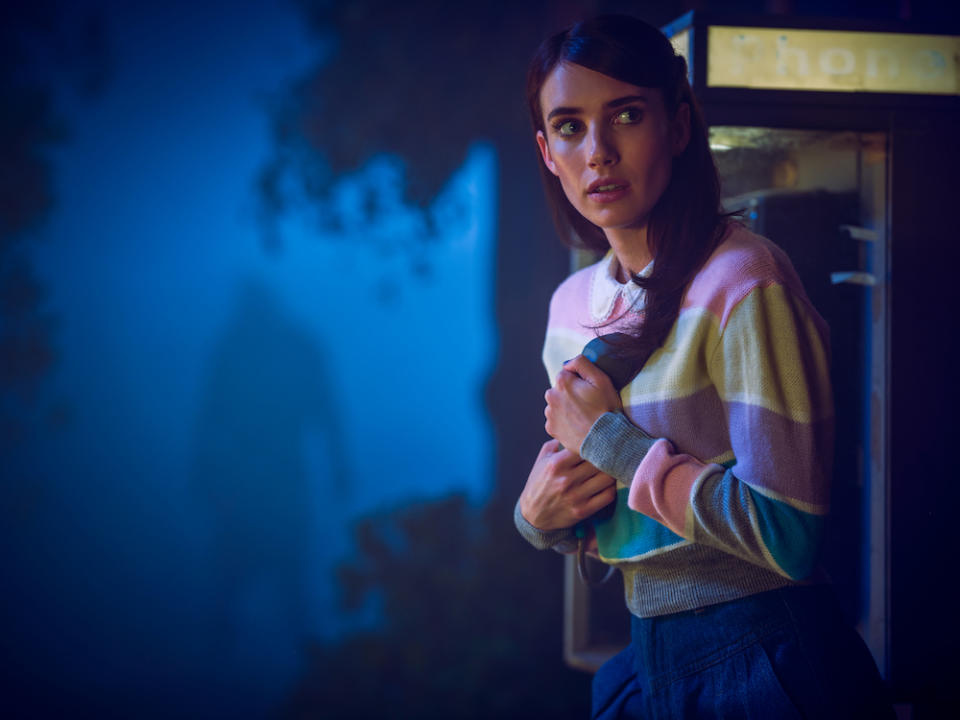
Oh, what might have been if “American Horror Story” had just done a fun summer camp slasher story and called it a day. It seemed like that was finally happening when the retro teasers for “1984” began rolling out in the lead-up to the show’s fall 2019 premiere. The first few episodes even serve as one long, bloody chase sequence through Camp Redwood, which was populated with plenty of counselors turned victims. But as the story stretched on, it revealed itself to be a Groundhog Day of massacres, with the camp acting as a time loop from hell. Eventually, the slashing fun got old, because everyone immediately reappeared. By the time the vengeful, undying spirit of Richard Ramirez, the Night Stalker, became the focal point of the season, it was time to send the kids home and call this season a wash.
7. Apocalypse (Season 8, 2018)
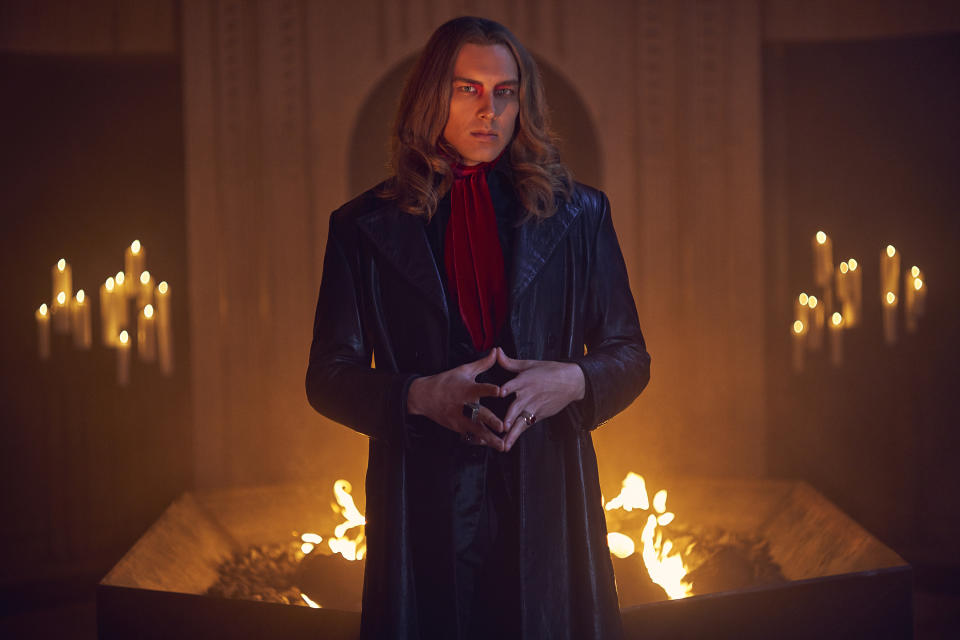
If “American Horror Story” were the Marvel Cinematic Universe, “Apocalypse” would be its “Avengers: Endgame.” It is the culmination of an intertwined mythology of horror stories once bound only by subtle threads, but eventually hanged by the knotted noose of its own design. The season opens as a nuclear nightmare played out in a gothic fallout shelter, before the action shifts into the prophesied war between the witches of “Coven,” their attention-hungry warlock counterparts and Michael Langdon (Cody Fern), the antichrist born during the events of “Murder House.”
The crossover season confirmed years of fan theories of how the seasons tied together. Hell, it even brought back Jessica Lange and the entire “Murder House” gang (hello again, Connie Britton!), and let franchise newbie Joan Collins chew on both scenery and human stew. It was genuinely exciting to dip back into the show’s heyday and would be much higher on this list if not for the plummet that began with Episode 7, when the high of “Coven” Part 2 wore off and the season unraveled in dramatic fashion. Let’s just say that it’s unlikely anyone had cocaine-addicted tech bros helping the antichrist fund the end times on their Season 8 bingo card. By the end, “Apocalypse” exposed the problem with building an interconnected, multi-property universe: It all became too convoluted, and proved the appeal of “AHS” is not in its interlocked chain — it’s in the vivid worlds the show builds, and then puts to rest. Plus, “Apocalypse” doesn’t even end with the apocalypse –– just with some well-timed vehicular homicide.
6. Freak Show (Season 4, 2014)
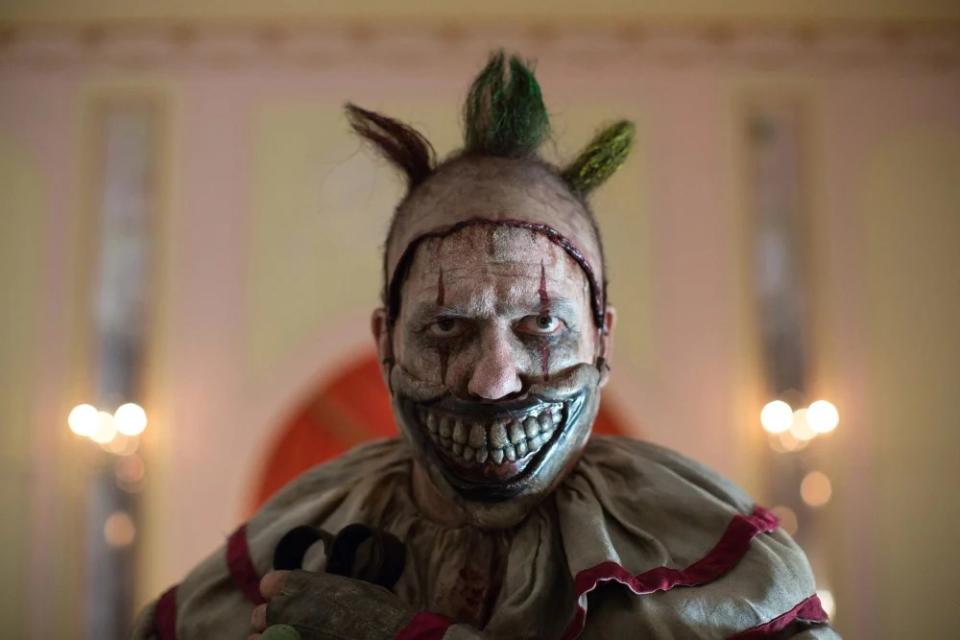
At its beating heart, Lange’s final turn as leading lady offers a different and visually captivating take on horror. Sure, Twisty the Clown is clubbing people to death in 1950s Florida, and the festering stain of privilege gets its due with psychotic man-child Dandy Mott (Finn Wittrock). But “Freak Show” is best when it pays loving, yet edgy homage to the carny flicks of early Hollywood like “Freaks” and “Carnival of Souls.” Shining a spotlight on the found-family communities that society banishes opened up a door of empathy that paired nicely with the carnage that permeated the traveling troupe of beloved freaks. The marquee turn of the season was Paulson’s incredible dual role as conjoined twins Bette and Dot (and it was criminal she didn’t win an Emmy). But don’t underestimate Lange, who wholly embodies the tragic longing of aging show owner Elsa Mars as she desperately reaches for her last chance at stardom.
5. Hotel (Season 5, 2015)
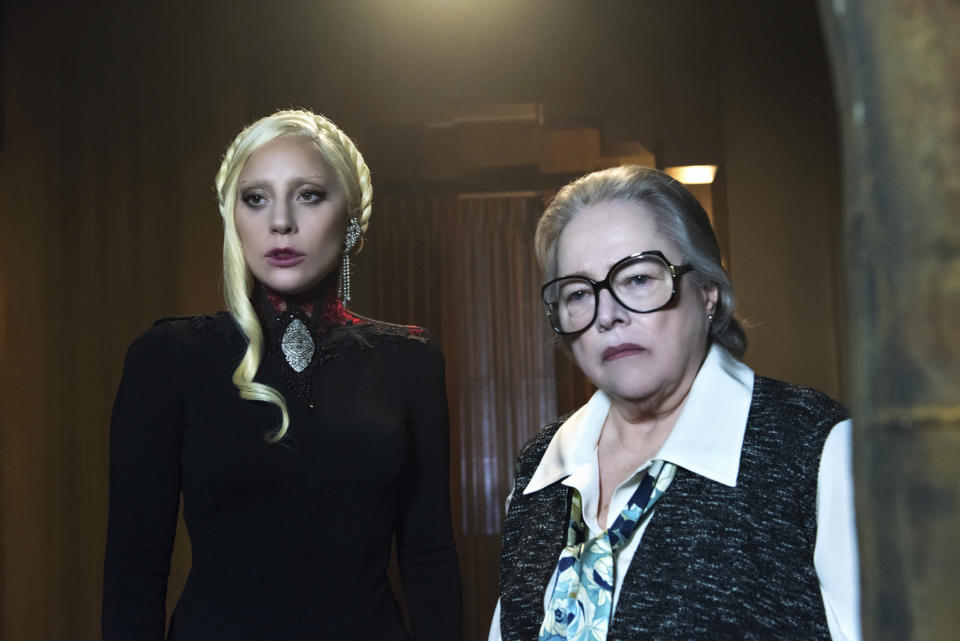
Much like “Murder House,” “Hotel” basks in the glow of Hollywood and all its demons. Set inside the Hotel Cortez, an opulent but increasingly vacant hotel swallowed by progress and skyscrapers in downtown Los Angeles, the season is best known as the Lady Gaga show. As the Countess, Gaga is every bit the indulgent, fashionable and dangerously desirable siren you want her to be. But even beyond her magnetic presence, “Hotel” built one of the franchise’s most vibrant and cohesive casts –– many of whom had no choice other than reluctantly living with each other as eternal residents of the hotel. O’Hare is a showstopper as the effervescent hostess Liz Taylor; Paulson is untethered as the appropriately named Hypodermic Sally; and Peters is menacingly sadistic as Mr. March, the hotel’s builder and the first to litter it with bodies. Perhaps the biggest ding against the season is its frustrating fixation on the Ten Commandments Killer storyline, simply because it steals time away from the rest of the colorful cast.
4. Roanoke (Season 6, 2016)
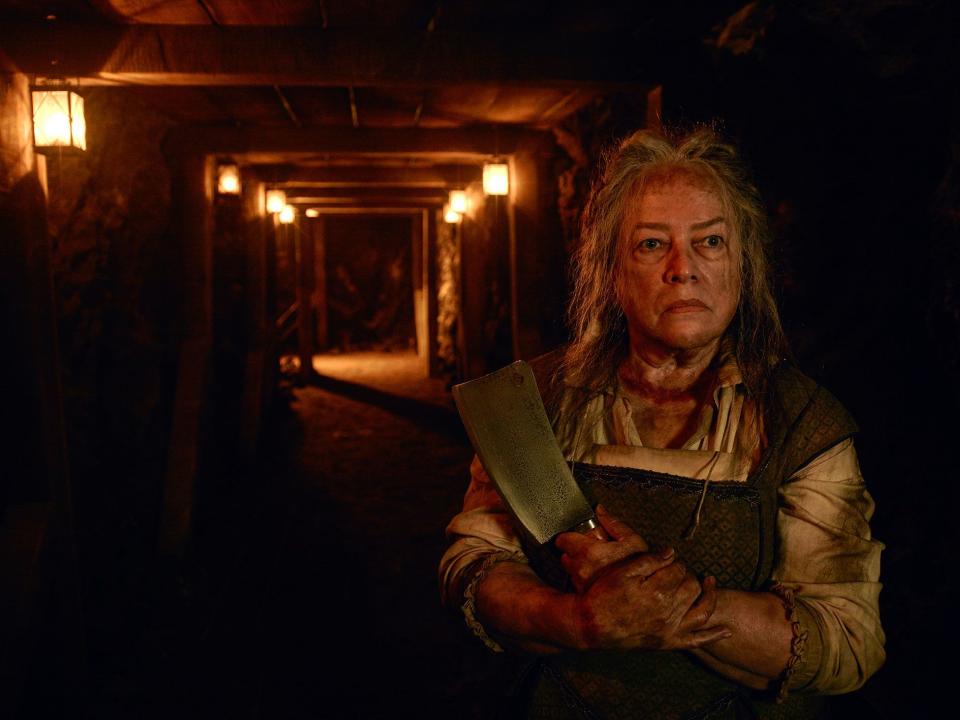
One of the more divisive seasons of “AHS” ranks high on this list for a few reasons, one of which is that it is a great season of television and we won’t hear otherwise. As the only season to conceal its theme until the first episode aired, “Roanoke” was the peak of expectation for audiences. Out of the gate, it plays as a gory sendup of America’s obsession with true crime documentaries. As the show-within-the-show, “My Roanoke Nightmare” tells the story of a couple whose house in North Carolina is haunted by the settlers and victims of the Lost Colony (just ignore the California mountains the show inexplicably forgot to remove from the background). But in Episode 6, the show ends and the story shifts behind the scenes to follow the cast of that docuseries, along with their real counterparts, as they all return as themselves to the haunted house to film a sequel series — only to find out firsthand everything was real. Some say its framework is silly, but “Roanoke” very cleverly indulges in the visual tenets of the true crime phenomenon only to literally hack it to pieces in some of the show’s best slasher material ever. It doesn’t get much more entertaining than Bates playing a deranged actor who can’t separate herself from her character as the murderous leader of the Lost Colony, only to get a cleaver to the head by the ghost of that very woman. And let’s be honest, if this franchise really wants to identify undeniable American horrors, there’s no better place to start than our 400-year-old obsession with this nation’s first unsolved mystery.
3. Asylum (Season 2, 2012)
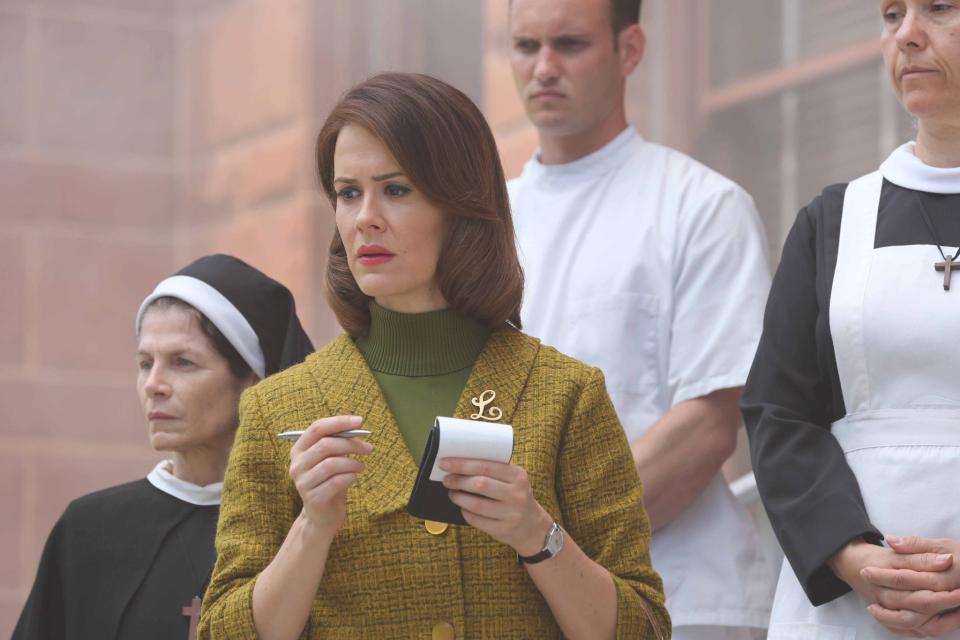
The second season of an anthology is the true test of its viability, so the fact that “Asylum’ elevated just about everything “Murder House” had done to a whole new level is evidence of just how good it is. Set inside Briarcliff Asylum in 1964, it follows the tyrannical reign of Sister Jude (Lange) and her unwilling new patient Lana Winters (Paulson), a lesbian news reporter who is institutionalized after she sneaks in to try to interview an infamous killer. Once inside, she is faced with the malpractice of medicine and the lengths to which people with power and religion behind them will go to bury their sins. It is a season that truly has it all –– aliens, Nazis, nuns, electroshock therapy, the Angel of Death, a killer known as Bloody Face, Maroon 5’s Adam Levine (sure!) and an impeccably surreal performance of “The Name Game.” But more than anything, from the opening abduction scene to the final televised confrontation between mother and homicidal son, there’s a completeness and finality to “Asylum” that is satisfying in a way no other season is.
2. Murder House (Season 1, 2011)
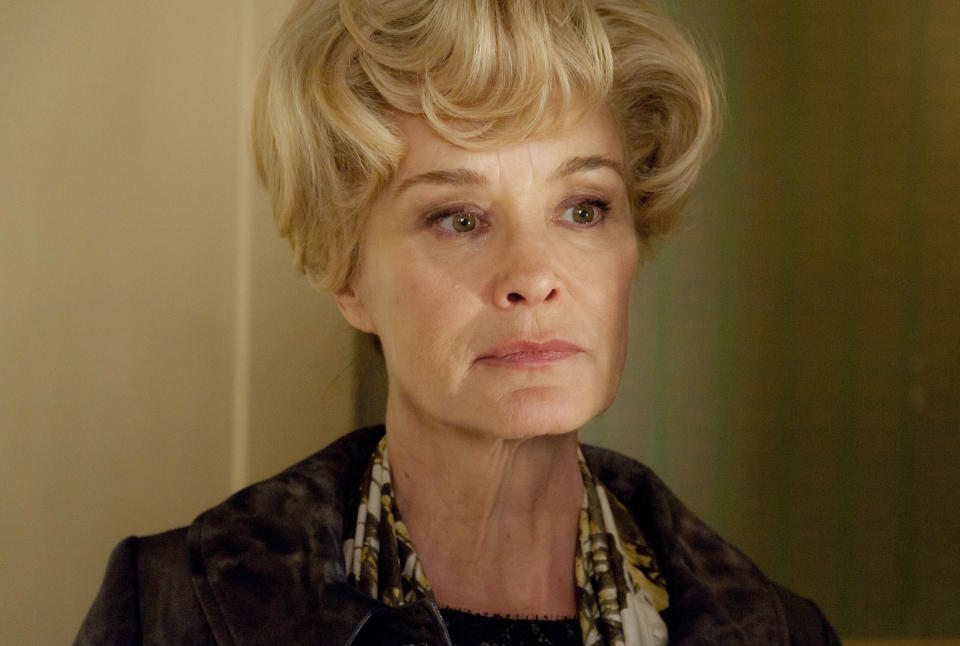
Embedded in the walls of “Murder House” is a very simple premise –– the horrors we hide behind closed doors –– and everything explored within that remains the blueprint from which the franchise still operates. There’s the signature location consecrated by death and populated by the ghosts of its past (see also: “Asylum,” “Hotel,” “Roanoke” and “1984”). There’s the fascination with the price of fame, lust and power (see also: every season). And most consequentially, there’s the ambitious storytelling. That last one is where “Murder House” stands above (most of) what followed. Baked into the first season is a remarkable amount of story, ranging from the dissolution of the Harmon family (Britton, McDermott and Taissa Farmiga), to the trauma of a school shooting by Tate Langdon (Peters), to the ruthless mission of a flawed mother (Lange). It even manages to make room for a murderous dentist, a jilted lover, a basement-dwelling outcast, its infamous gimp suit and an elaborate theory on the Black Dahlia murder. Somehow, it does justice to all of those stories and more –– something that can’t be said of more recent seasons. “AHS” doesn’t exist without the foundation laid by “Murder House,” because it showed how it can be done.
1. Coven (Season 3, 2013)
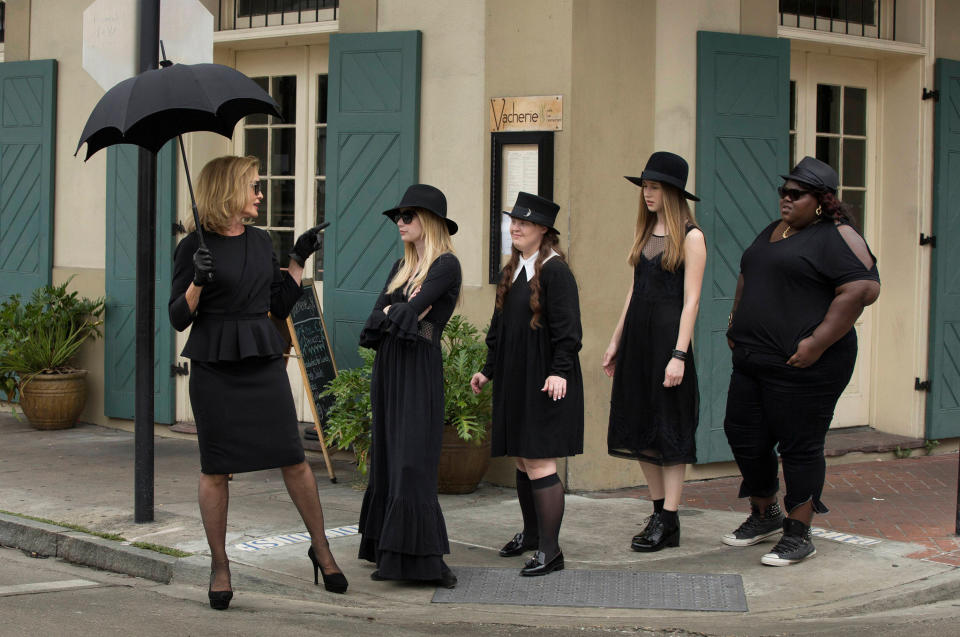
Culturally speaking, “AHS” has never been more relevant than when it embraced the witchy women of Miss Robichaux’s Academy. Led by the selfish, power-hungry Supreme Fiona Goode (Lange), a New Orleans coven of witches must battle against the forces threatening their future from outside and within. When it premiered, “Coven” was the first time “AHS” could truly be called a phenomenon –– and with good reason. There is a style and, frankly, a swagger to the season that made it both accessible to the masses and effortlessly cool. The horrors are real, as the witches face the threat of the underworld and the messy business of mystical succession. And don’t forget the eternal showdown between real-life NOLA figures, the voodoo queen Marie Laveau (Bassett) and mass murderer Delphine LaLaurie (Bates). But there is also a whimsy to its depiction of witches, even employing the White Witch herself, Stevie Nicks, for a musical guest spot. That perfectly pitched balance in tone and execution is something “AHS” has struggled to find in other seasons mentioned on this list. But when it’s done right, it’s magic. If you don’t believe us, take the word of the franchise itself. As evidenced by the witches’ return in “Apocalypse,” the universe of “AHS” is not equal. This is “Coven’s” world, and every other season is just living in it.
Best of Variety

